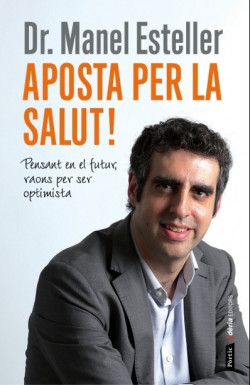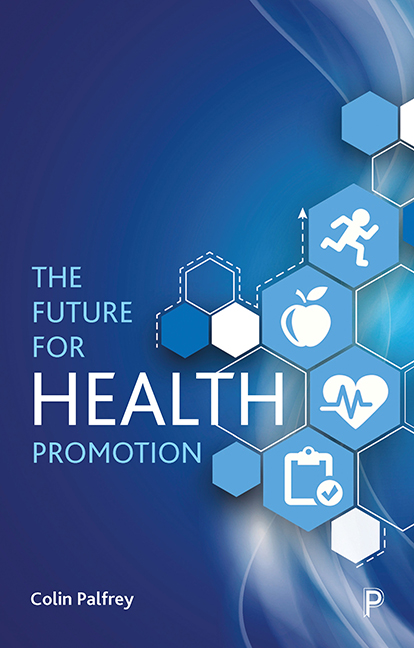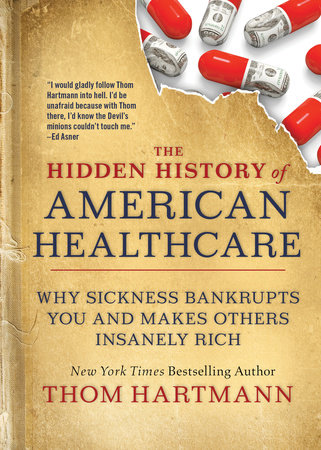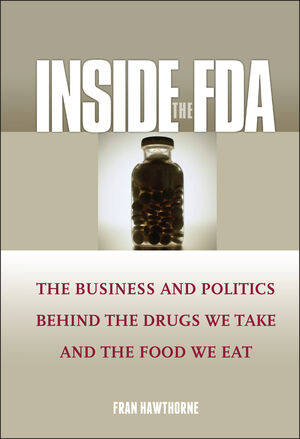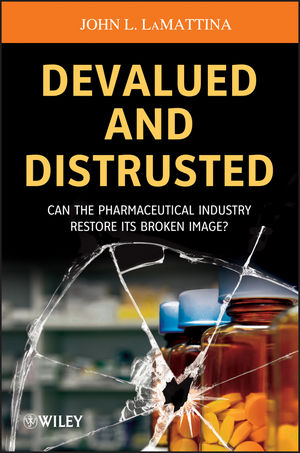Who Should Die?. The Ethics of Killing in War
This volume collects in one place the most influential and groundbreaking philosophical work being done on the question of killing in war, offering a "who's who" of contemporary scholars debating the foundational ethical questions surrounding liability to harm. In ten essays, it expands upon and provides new and updated analyses that have yet to be captured in a single work. Essays explore questions such as: Are some soldiers more deserving of death than others? Should states allow soldiers to conscientiously object (to opt out of war) on a case-by-case basis? Can a theory of rights best explain when it is permissible to kill in war? When are we allowed to violently resist oppression that is itself nonviolent? Is there anything wrong with targeting people with autonomous weapons?
Who Should Die? Editors' Introduction
Chapter 1: "Liability to Deadly Force in War"
Leonard Kahn
Chapter 2: "Jus in Bello: Actual vs. Hypothetical Contract"
Yitzhak Benbaji
Chapter 3: "Do Some Soldiers Deserve to Die More Than Others? Selective
David Whetham
Chapter 4: "Defensive Liability: Four Common Mistakes"
Kai Draper
Chapter 5: "Fighting for One's Self"
Michael Robillard
Chapter 6: "An Axiomatic Theory of Just War: Forfeiture Theory"
Stephen Kershnar
Chapter 7: "Dignity, Self-Respect, and Bloodless Invasions"
Saba Bazargan
Chapter 8: "What is the Moral Problem with Killer Robots?"
Susanne Burri
Chapter 9: "Distributing the Cost of Rescue"
Lars Christie
Chapter 10: "Legality, Justice, and the War on Terrorism"
Lionel K. McPherson
